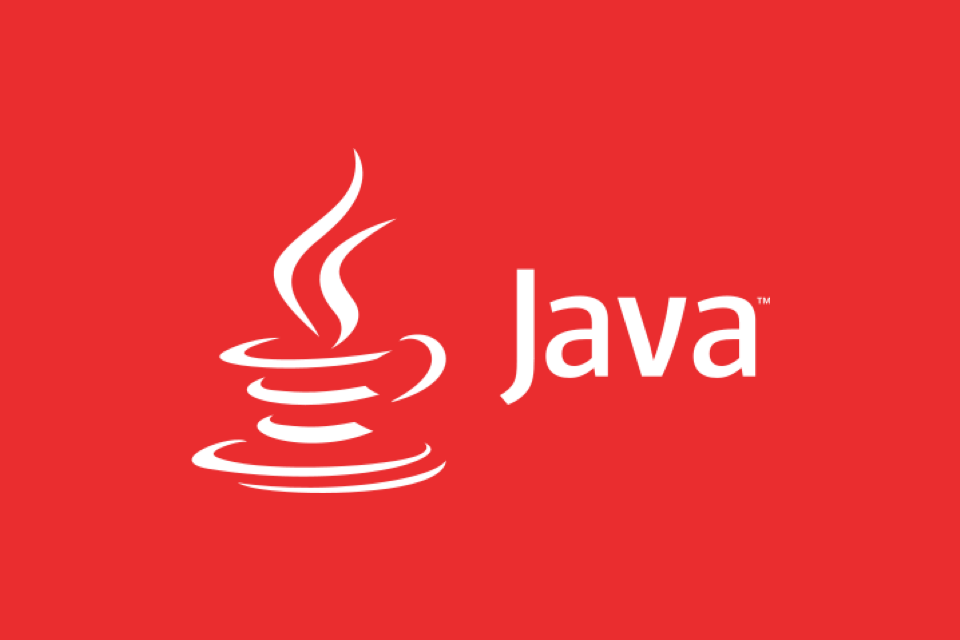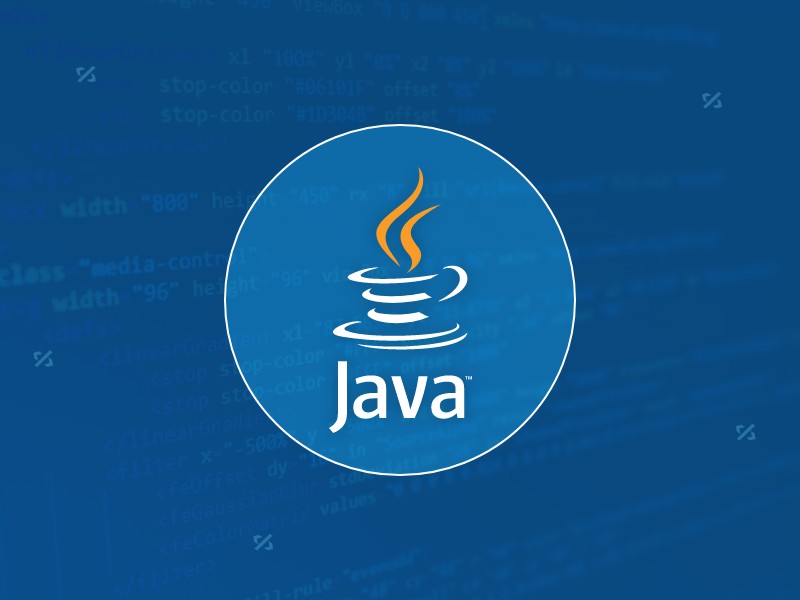ExecutorService is suitable for managing independent tasks, such as HTTP requests or timing tasks, executed through fixed or cache thread pools; ForkJoinPool is suitable for split-merged recursive tasks, using work theft to improve CPU utilization. 1. ExecutorService has flexible control and is suitable for task-independent scenarios; 2. ForkJoinPool is used for partitioning and governance problems, such as big data processing; 3. If the task needs to be disassembled and merged, choose ForkJoinPool; 4. Otherwise, use ExecutorService first, because it is simpler and more intuitive.

If you are writing a multi-threaded Java program, you may hesitate between ExecutorService and ForkJoinPool . They can all handle concurrent tasks, but the applicable scenarios are different. Simply put: if your task can be split into small pieces and executed in parallel, use ForkJoinPool; if you just want to manage a set of threads to execute tasks, ExecutorService is more suitable.

When should I use ExecutorService?
ExecutorService is one of the most basic thread pool implementations in Java concurrency package. It is suitable for performing independent, non-interdependent tasks, such as handling HTTP requests, timing tasks, or batch processing of data.

A common way to use it is to create a fixed-size or cached thread pool:
ExecutorService executor = Executors.newFixedThreadPool(4);
executor.submit(() -> {
// Do something});Its advantages are its simplicity, intuitiveness, flexible control , and you can decide what tasks to submit and how to recycle resources. Moreover, many frameworks (such as Spring) are also processed asynchronously based on it by default.

Suggested scenarios:
- Each task is independent of each other
- No need to split tasks recursively
- Have clear control requirements for task scheduling
What are the advantages of ForkJoinPool?
ForkJoinPool is designed to solve the problem of "dividing and conquer" and is used together with ForkJoinTask or its subclasses (such as RecursiveTask and RecursiveAction ). It uses the "work steal" algorithm internally, and idle threads can "steal" tasks from other threads to execute, improving CPU utilization.
For example, you want to sort a very large array:
class SortTask extends RecursiveAction {
private int[] array;
private int start, end;
public SortTask(int[] array, int start, int end) {
this.array = array;
this.start = start;
this.end = end;
}
protected void compute() {
if (end - start <= THRESHOLD) {
// Small range sorting} else {
int mid = (start end) / 2;
SortTask left = new SortTask(array, start, mid);
SortTask right = new SortTask(array, mid, end);
invokeAll(left, right); // Fork to execute merge(left.get(), right.get()); // Merge result}
}
}This pattern is very suitable for tasks such as image processing, big data analysis, tree structure traversal, etc.
Suggested scenarios:
- Tasks can be disassembled into multiple subtasks
- The subtask ultimately needs to merge the results
- Need to make full use of multi-core CPU resources
The key difference between them
| characteristic | ExecutorService | ForkJoinPool |
|---|---|---|
| Task Model | Simple Runnable/Callable | ForkJoinTask and its subclasses |
| Task Scheduling | FIFO or custom order | Work theft, dynamic allocation |
| Applicable scenarios | Independent task processing | Partition-based task |
| Ease of use | Simple and direct | A little more complex |
| Default number of threads | Configurable | Usually equal to the number of CPU cores |
In addition, ForkJoinPool also supports commonPool() in Java 8, and many parallel stream operations (parallelStream) are run using this pool.
How to choose? It's enough to see these points
- If you just want to open a few threads to execute some tasks that do not interfere with each other → Use
ExecutorService - If your task can be split recursively and finally merge the results → Prioritize
ForkJoinPool - If you are not sure, start with
ExecutorServiceas it is easier to get started - If performance becomes a bottleneck, then evaluate whether it is worth moving to
ForkJoinPool
Basically that's it.
The above is the detailed content of Choosing Between Java ExecutorService and ForkJoinPool. For more information, please follow other related articles on the PHP Chinese website!

Hot AI Tools

Undress AI Tool
Undress images for free

Undresser.AI Undress
AI-powered app for creating realistic nude photos

AI Clothes Remover
Online AI tool for removing clothes from photos.

Clothoff.io
AI clothes remover

Video Face Swap
Swap faces in any video effortlessly with our completely free AI face swap tool!

Hot Article

Hot Tools

Notepad++7.3.1
Easy-to-use and free code editor

SublimeText3 Chinese version
Chinese version, very easy to use

Zend Studio 13.0.1
Powerful PHP integrated development environment

Dreamweaver CS6
Visual web development tools

SublimeText3 Mac version
God-level code editing software (SublimeText3)

Hot Topics
 Difference between HashMap and Hashtable?
Jun 24, 2025 pm 09:41 PM
Difference between HashMap and Hashtable?
Jun 24, 2025 pm 09:41 PM
The difference between HashMap and Hashtable is mainly reflected in thread safety, null value support and performance. 1. In terms of thread safety, Hashtable is thread-safe, and its methods are mostly synchronous methods, while HashMap does not perform synchronization processing, which is not thread-safe; 2. In terms of null value support, HashMap allows one null key and multiple null values, while Hashtable does not allow null keys or values, otherwise a NullPointerException will be thrown; 3. In terms of performance, HashMap is more efficient because there is no synchronization mechanism, and Hashtable has a low locking performance for each operation. It is recommended to use ConcurrentHashMap instead.
 What are static methods in interfaces?
Jun 24, 2025 pm 10:57 PM
What are static methods in interfaces?
Jun 24, 2025 pm 10:57 PM
StaticmethodsininterfaceswereintroducedinJava8toallowutilityfunctionswithintheinterfaceitself.BeforeJava8,suchfunctionsrequiredseparatehelperclasses,leadingtodisorganizedcode.Now,staticmethodsprovidethreekeybenefits:1)theyenableutilitymethodsdirectly
 How does JIT compiler optimize code?
Jun 24, 2025 pm 10:45 PM
How does JIT compiler optimize code?
Jun 24, 2025 pm 10:45 PM
The JIT compiler optimizes code through four methods: method inline, hot spot detection and compilation, type speculation and devirtualization, and redundant operation elimination. 1. Method inline reduces call overhead and inserts frequently called small methods directly into the call; 2. Hot spot detection and high-frequency code execution and centrally optimize it to save resources; 3. Type speculation collects runtime type information to achieve devirtualization calls, improving efficiency; 4. Redundant operations eliminate useless calculations and inspections based on operational data deletion, enhancing performance.
 What is an instance initializer block?
Jun 25, 2025 pm 12:21 PM
What is an instance initializer block?
Jun 25, 2025 pm 12:21 PM
Instance initialization blocks are used in Java to run initialization logic when creating objects, which are executed before the constructor. It is suitable for scenarios where multiple constructors share initialization code, complex field initialization, or anonymous class initialization scenarios. Unlike static initialization blocks, it is executed every time it is instantiated, while static initialization blocks only run once when the class is loaded.
 What is the Factory pattern?
Jun 24, 2025 pm 11:29 PM
What is the Factory pattern?
Jun 24, 2025 pm 11:29 PM
Factory mode is used to encapsulate object creation logic, making the code more flexible, easy to maintain, and loosely coupled. The core answer is: by centrally managing object creation logic, hiding implementation details, and supporting the creation of multiple related objects. The specific description is as follows: the factory mode handes object creation to a special factory class or method for processing, avoiding the use of newClass() directly; it is suitable for scenarios where multiple types of related objects are created, creation logic may change, and implementation details need to be hidden; for example, in the payment processor, Stripe, PayPal and other instances are created through factories; its implementation includes the object returned by the factory class based on input parameters, and all objects realize a common interface; common variants include simple factories, factory methods and abstract factories, which are suitable for different complexities.
 What is the `final` keyword for variables?
Jun 24, 2025 pm 07:29 PM
What is the `final` keyword for variables?
Jun 24, 2025 pm 07:29 PM
InJava,thefinalkeywordpreventsavariable’svaluefrombeingchangedafterassignment,butitsbehaviordiffersforprimitivesandobjectreferences.Forprimitivevariables,finalmakesthevalueconstant,asinfinalintMAX_SPEED=100;wherereassignmentcausesanerror.Forobjectref
 What is type casting?
Jun 24, 2025 pm 11:09 PM
What is type casting?
Jun 24, 2025 pm 11:09 PM
There are two types of conversion: implicit and explicit. 1. Implicit conversion occurs automatically, such as converting int to double; 2. Explicit conversion requires manual operation, such as using (int)myDouble. A case where type conversion is required includes processing user input, mathematical operations, or passing different types of values ??between functions. Issues that need to be noted are: turning floating-point numbers into integers will truncate the fractional part, turning large types into small types may lead to data loss, and some languages ??do not allow direct conversion of specific types. A proper understanding of language conversion rules helps avoid errors.
 What is synchronization?
Jun 24, 2025 pm 08:21 PM
What is synchronization?
Jun 24, 2025 pm 08:21 PM
Synchronizationistheprocessofcoordinatingtwoormorethingstostayaligned,whetherdigitalorphysical.Intechnology,itensuresdataconsistencyacrossdevicesthroughcloudserviceslikeGoogleDriveandiCloud,keepingcontacts,calendarevents,andbookmarksupdated.Outsidete






